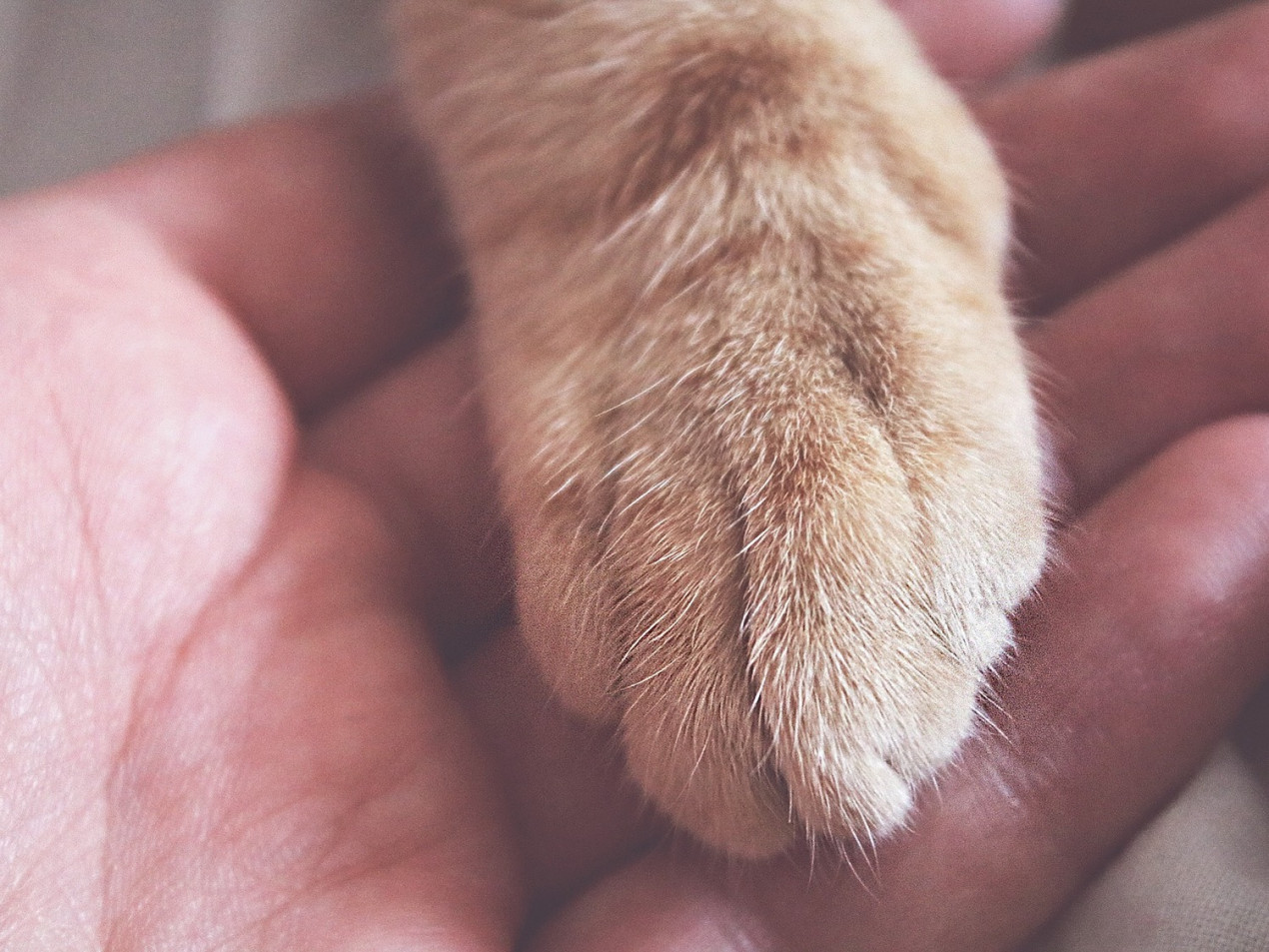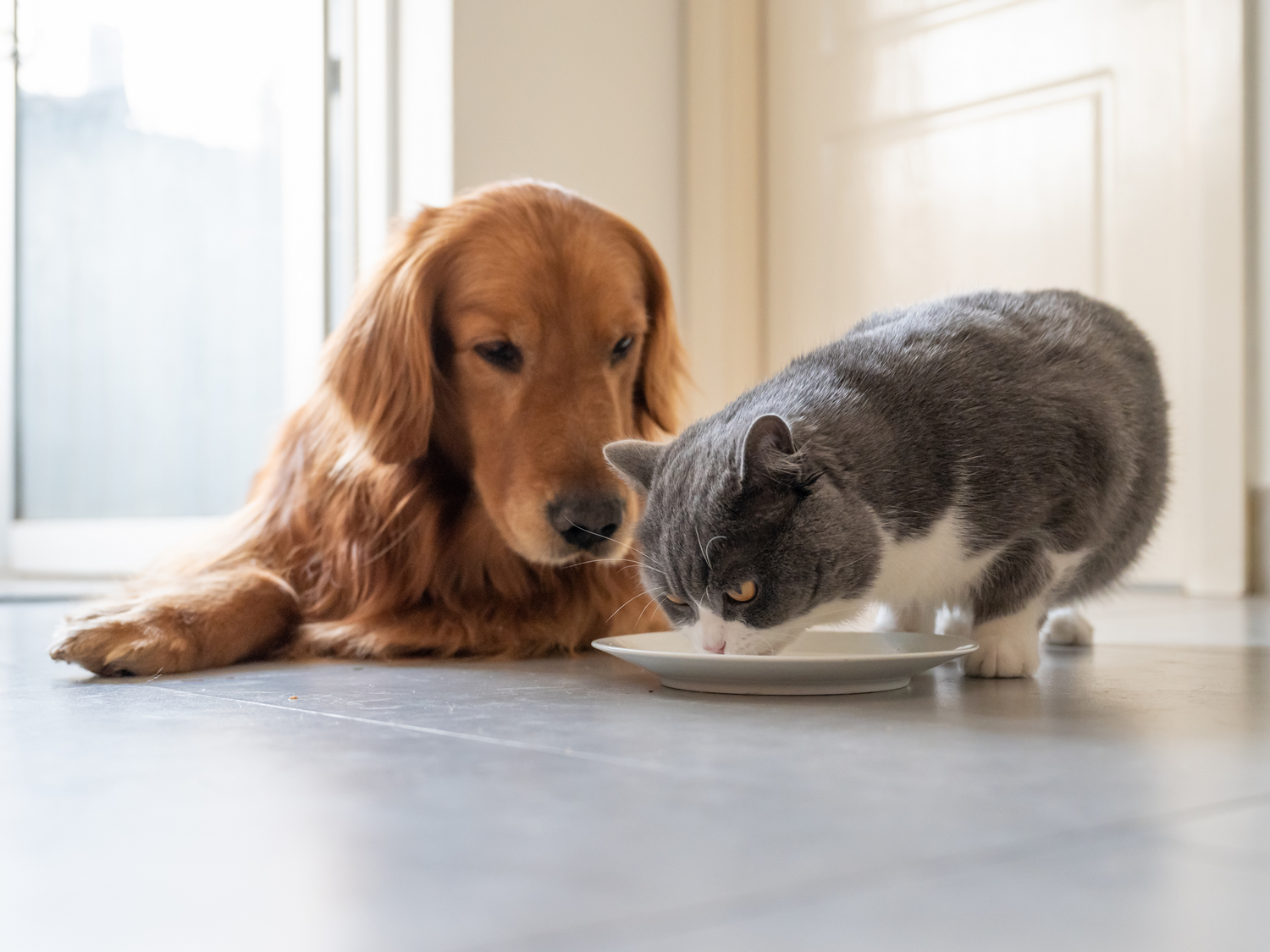Do you need help?

Step-by-step: helping pets when they've eaten something they shouldn't have
It can be worrying when your pet eats something they shouldn’t and it’s understandable that your first instinct might be to rush them to the vet. But some of the items most commonly eaten by pets aren’t as toxic as you might think.
Some of the most common items of low toxicity include:
- Baby wipes
- Blu-tack
- Chalk
- Coal
- Crayons
- Cut-flower food
- Emollients (such as E45 and vaseline)
- Emulsion paint
- Expanded polystyrene
- Folic acid
- Graphite pencils
- Icepacks
- Lipsticks
- Matches
- Nappies
- Nappy rash cream
- Oral contraceptives and hormone replacement therapy tablets
- Paper
- PVA glue
- Rubbers/erasers
- Superglue
- Silica gel – in small sachets found in packaging of moisture sensitive goods
- Zinc oxide creams
Many of the items on this list cause only mild gastrointestinal signs (such as vomiting or diarrhoea) and it’s unlikely that they will need veterinary treatment. But nevertheless, follow the steps below if your pet has eaten anything they shouldn’t have.

1. Remove the item
To ensure your pet can’t ingest any more of the toxin, take the item away from them and store it well out of their reach.
2. Don’t make your pet sick
Never try to induce vomiting unless you’ve been specifically directed to do so by a vet. Some poisons can cause more damage if vomiting occurs than if left in the stomach
3. Monitor them for any unusual behaviours
If you are worried that your pet is behaving unusually call your local daytime vet or, out of hours, your nearest emergency vet.
If your pet has eaten any other potentially poisonous substance:
1. Write down details
Try to make a note of the toxin’s name, strength and the amount your pet has ingested or been exposed to. It would also be handy to know your pet’s approximate weight (click here to find out).
2. Seek veterinary advice
You should always consult a vet if your pet has eaten something potentially toxic. If you would like to discuss your concerns from home, you can book an online video consultation with one of PawSquad’s vets. Find out more about PawSquad here.

